by: Ar. Kenn Paolo Valero
The Aguinaldo Shrine proudly stand at the heart of the historic tinsel town of Kawit in the province of Cavite and was the seat of throne of the revolutionary and Magdalo leader, Gen. Emilio Aguinaldo, the first President of the Philippine Republic.
The shrine’s most significant feature was its Balcony or Valconaje wherein many ‘firsts’ happened. It was where he declared the Philippine Independence and Liberation or Kalayaan on June 12, 1898. It was also where the ‘Lupang Hinirang’ or Philippine National Anthem first heard. On the other hand, the Philippine National Flag was also first waived or ‘iwinagayway’ (but there are historic claims that it was then first waived on the town of Imus of the same province).
The Aguinaldo shrine was featured many times on historical books and textbooks, print ads like magazines and newspapers, even on televisions, write-ups, educational tours and the likes. All of which describing Aguinaldo shrine as a historic edifice and landmark, as part of our country’s rich and diverse history, heritage & culture, but unknown to others, its significant physicality and soul, or should say architectural features to that extent. So let me take you to an architectural tour and take a glimpse to the ins and outs of what I personally noted as “The Architectural Icon of Cavite”.
The Aguinaldo Shrine proudly stand at the heart of the historic tinsel town of Kawit in the province of Cavite and was the seat of throne of the revolutionary and Magdalo leader, Gen. Emilio Aguinaldo, the first President of the Philippine Republic.
The shrine’s most significant feature was its Balcony or Valconaje wherein many ‘firsts’ happened. It was where he declared the Philippine Independence and Liberation or Kalayaan on June 12, 1898. It was also where the ‘Lupang Hinirang’ or Philippine National Anthem first heard. On the other hand, the Philippine National Flag was also first waived or ‘iwinagayway’ (but there are historic claims that it was then first waived on the town of Imus of the same province).
The Aguinaldo shrine was featured many times on historical books and textbooks, print ads like magazines and newspapers, even on televisions, write-ups, educational tours and the likes. All of which describing Aguinaldo shrine as a historic edifice and landmark, as part of our country’s rich and diverse history, heritage & culture, but unknown to others, its significant physicality and soul, or should say architectural features to that extent. So let me take you to an architectural tour and take a glimpse to the ins and outs of what I personally noted as “The Architectural Icon of Cavite”.
TATAK ARKITEKTONG KABITENYO: Below are edifices, structures and projects of our fellow Cavite Architects that are undoubtedly Aguinaldo-Shrine inspired. Living proofs that the Aguinaldo Shrine is the architectural icon of Cavite, from concepts to sketches to realizations.
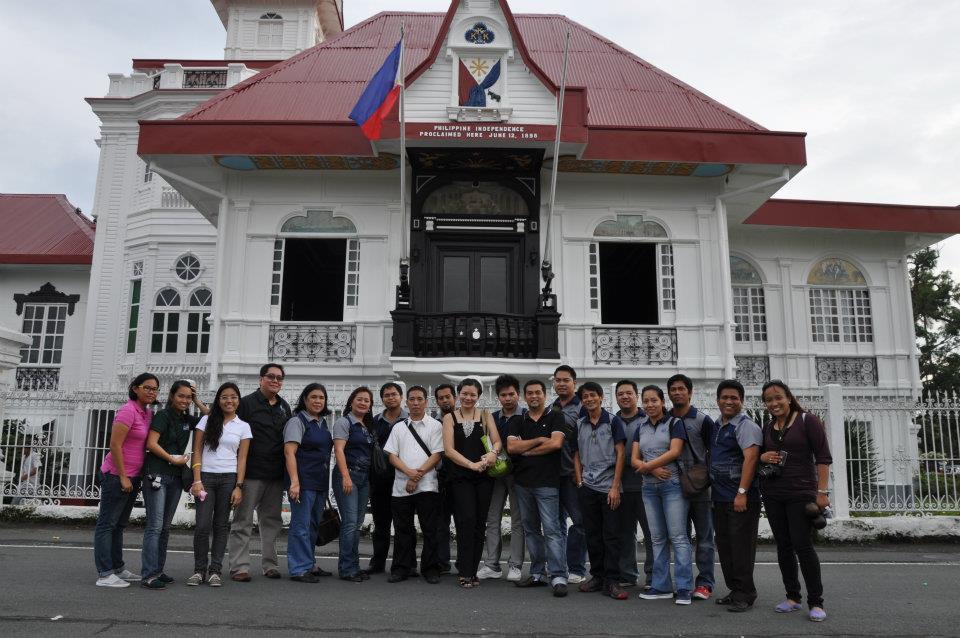
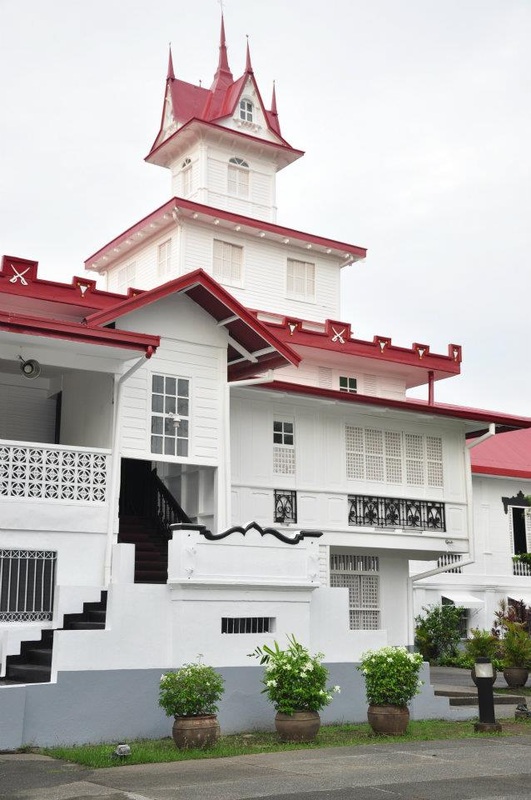

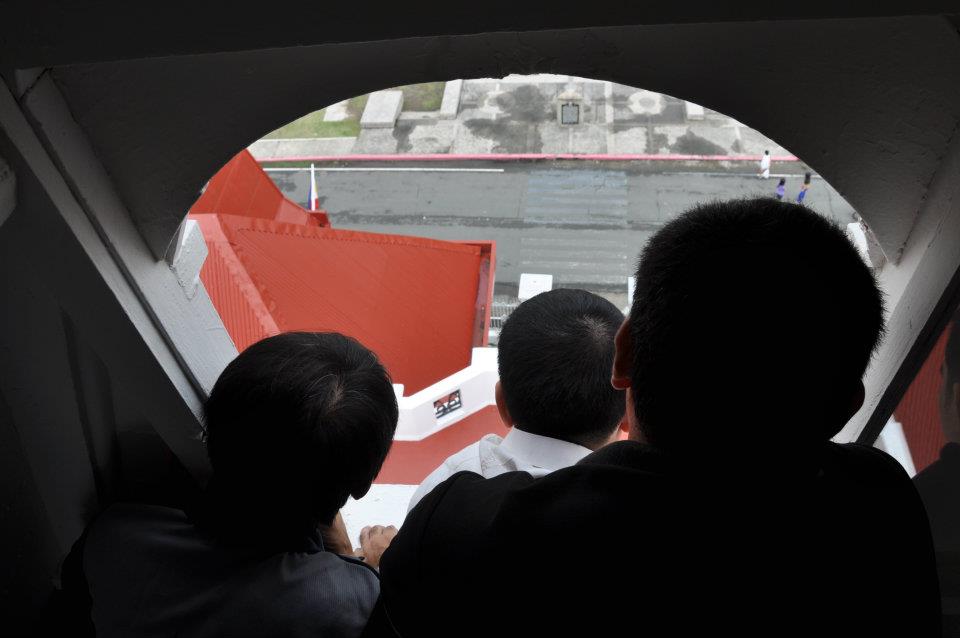

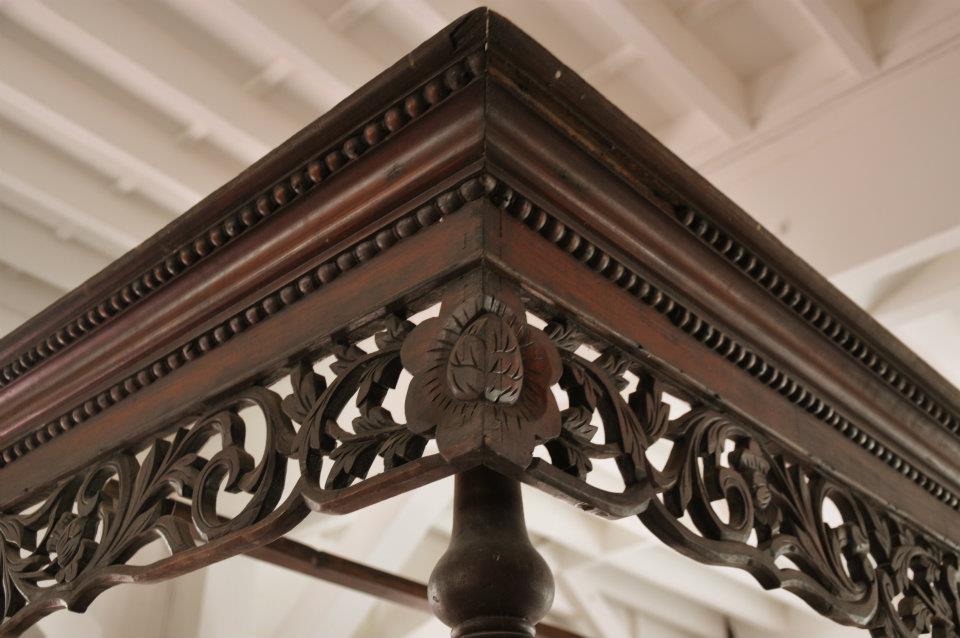
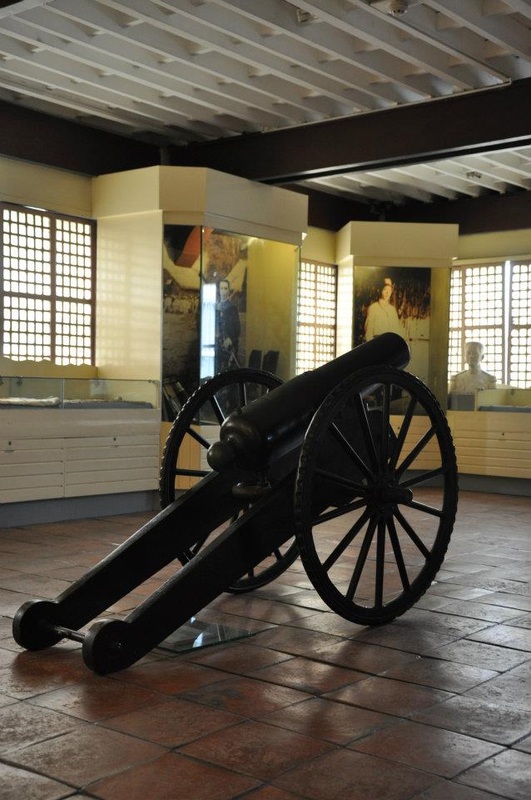
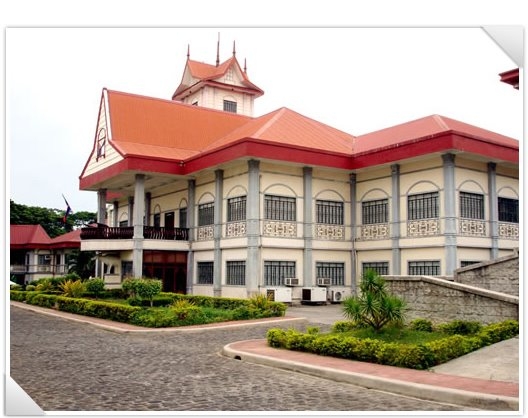

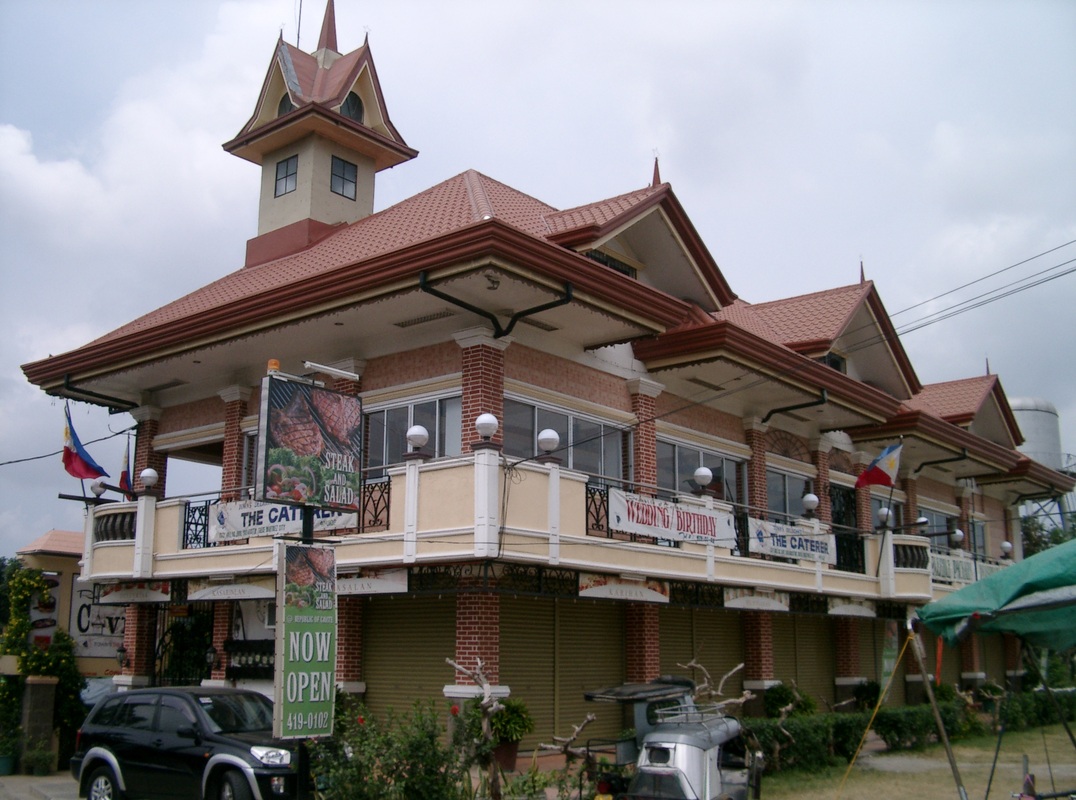
 RSS Feed
RSS Feed